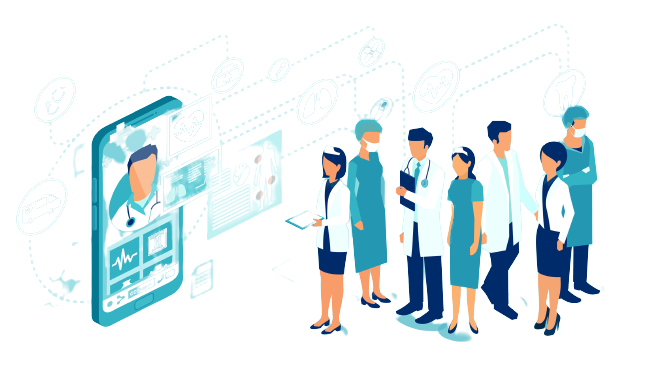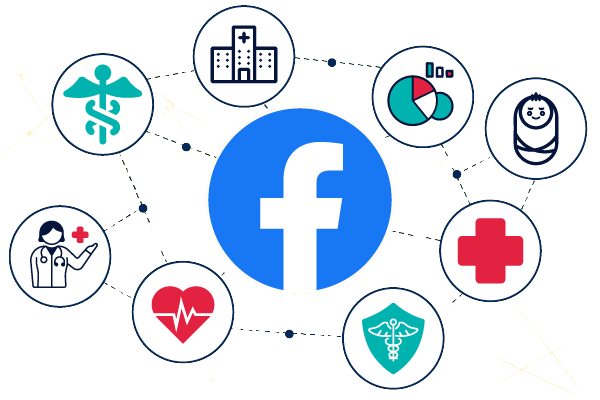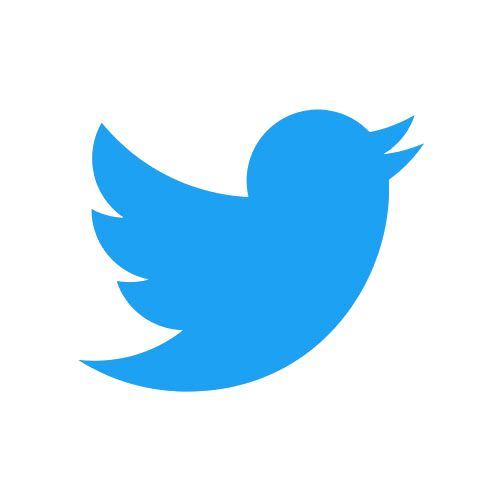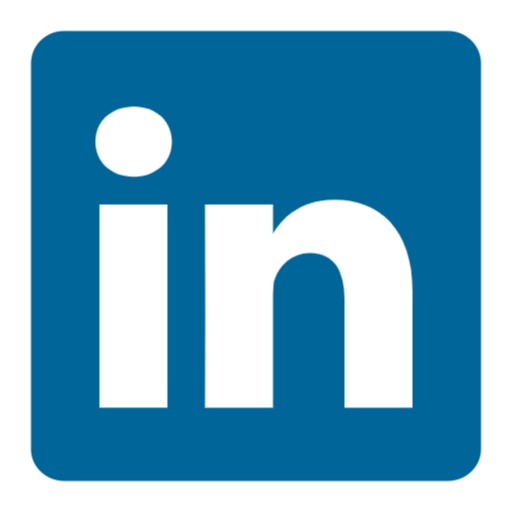SOCIAL MEDIA MARKETING FOR HOSPITAL & HEALTHCARE

Using social media to attract customers is one strategy. Through social media, hospitals can interact directly with prospective patients and offer them useful information that will enable them to make the best choice for their health.
Why Use Social Media?
Social media is now the new form of word-of-mouth advertising. It’s likely that conversations about something are happening on websites like Facebook, Twitter, LinkedIn, Youtube, and Instagram if it’s getting attention. Look no further than the trending topics on social media platforms, which reveal what people are writing about and clicking on, to get an idea of what people are talking about.
Social media participation is crucial for any business, but it’s crucial for the healthcare industry. To begin with, the healthcare sector is people-oriented. To make your communications more relevant to the interests of your audience, you must first understand what people want and what drives them. Additionally, you must be able to speak with them directly.
Here are the four main social media platforms and how your hospital’s social media strategy can benefit from them:

Facebook is a great place to share updates about your practise and events because it has the largest user base of all current social media platforms.
You might use Facebook to:
- Let people know there will be an open house soon.
- Educate patients on seasonal health issues.
- Inform the public that construction is obstructing the entrance to a parking lot.
The best use of Facebook is as a resource for current and prospective patients. They ought to have quick access to your Facebook page to learn what’s happening at the hospital.

Consider Twitter as the source for breaking news about your medical facility. You can share information on Twitter if there is a development in a particular area of healthcare or if there is a health problem that needs to be brought to the public’s attention. People look at these feeds to find the most recent information, so if you offer it, you can develop a large following of potential patients.
You might use Twitter to:
- Post the findings of a recent study that a hospital employee published.
- Declare a fellowship that one of your doctors has received.
- The local newspaper should feature a story about your hospital.
Although it also targets people who are interested in learning more about your hospital, Twitter is most useful as a source of news and information for patients. Regularly update your feed, and make sure to reply to any comments or inquiries.

There is a tonne of in-depth discussion and analysis on LinkedIn. You might not attract new patients, but you can improve your standing as a teaching or research hospital. You can participate in discussions on issues relevant to your industry.
The social media platform for professionals is called LinkedIn. Every business should have a LinkedIn account, but how much you use it may vary by sector. It could be an invaluable resource for healthcare.
Additionally, you can support the development of your healthcare organisation as an industry leader. Having experience responding to queries about healthcare establishes your credibility. You’ll be noticed and treated with greater respect by other hospitals and even some patients.

YOUTUBE
With these hints, we hope your business can interact with patients through social media. Our team has assisted healthcare organisations just like yours in developing stronger social media profiles, maintaining regular updates, and generating new business from them. Feel free to get in touch with us for a free consultation and personalised quote if you want to see how well social media can work for your hospital. Please get in touch with us.
The video-sharing site YouTube, which is owned by Google, streams billions of videos every day. On the website, hospitals can create their own channels where they can post videos of interest to current and prospective patients. Consider it the hospital’s own video network, where crucial information can be distributed.
Consider posting a brief YouTube video on check-in procedures, rules, and regulations for the maternity ward instead of sending out a packet of information. Your customers will find it much simpler to watch a video than it is to read a lengthy packet, and they are much more likely to watch a video than read a packet.
YouTube offers a novel way to introduce engaging and educational videos to patients. People will share clever videos with friends regardless of the source, which rewards creativity. Additionally, there is always the chance that your video will become popular online and be seen by millions of people.